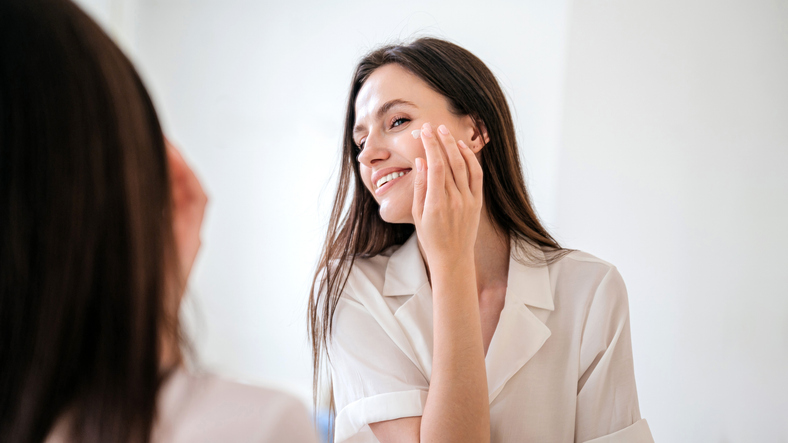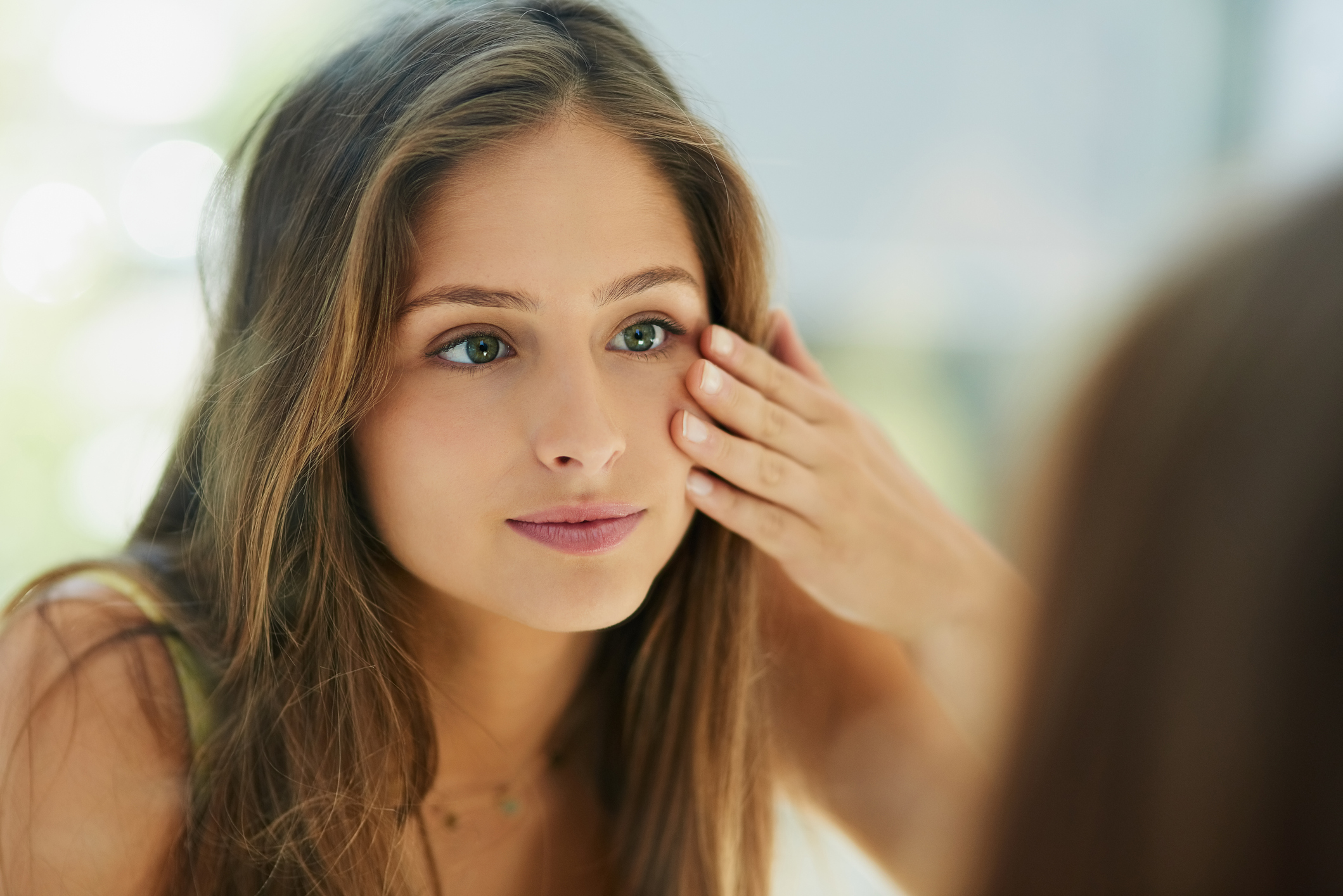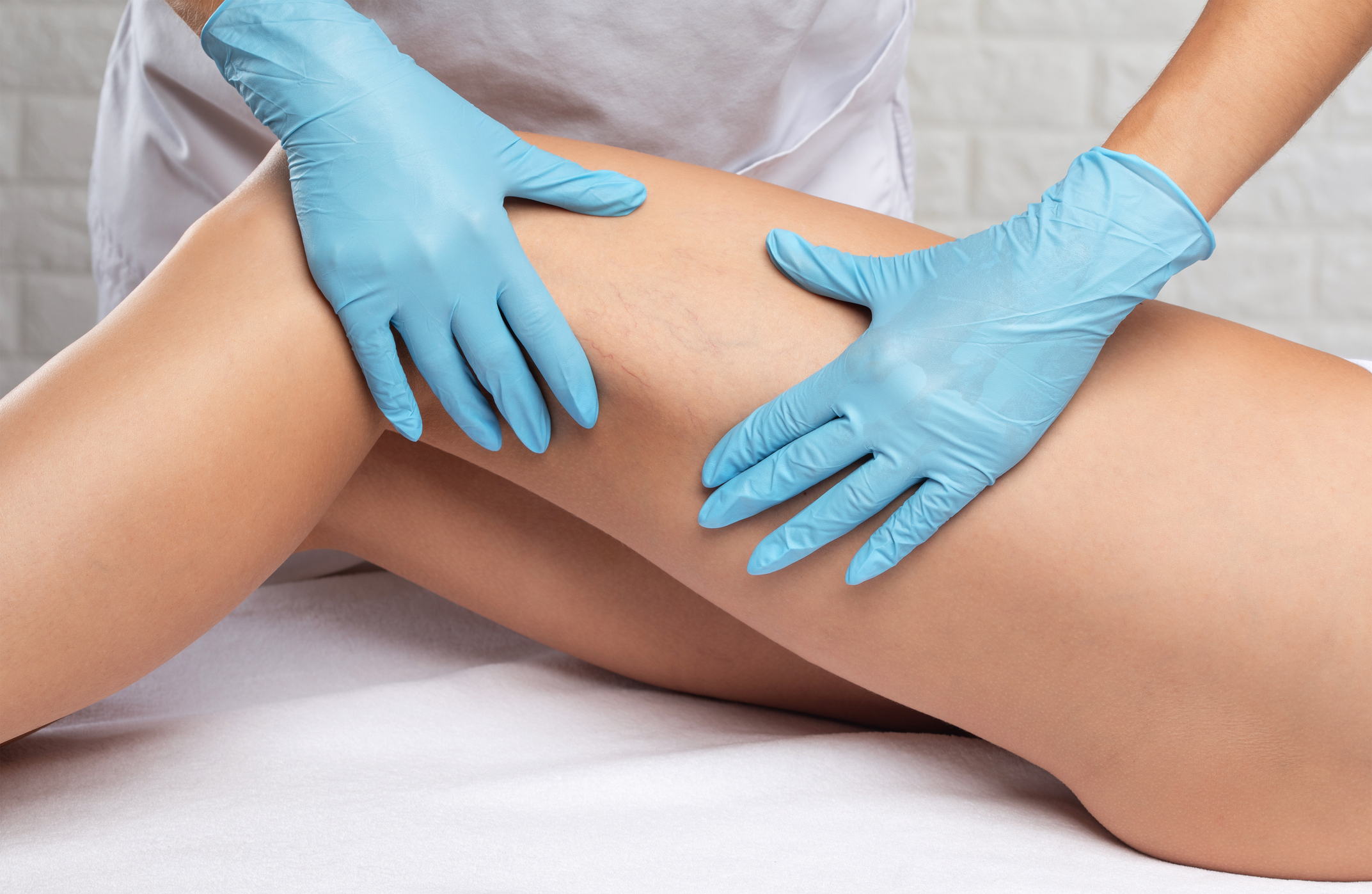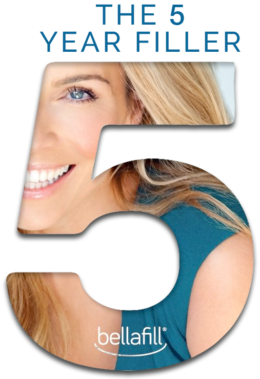Uncover the key to healthy skin with Vargas Face & Skin. We will explain how…
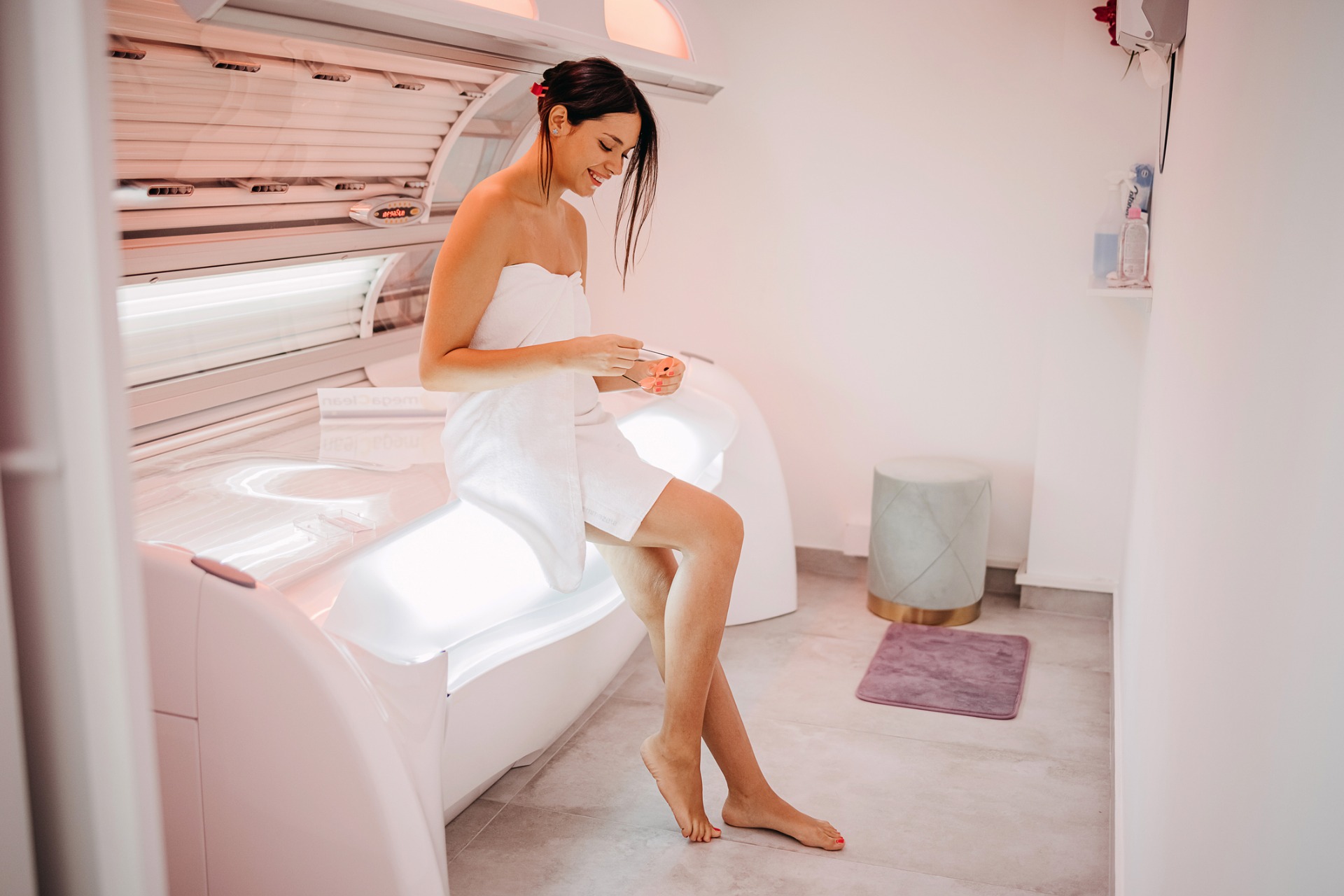
Are Tanning Beds Safe? How Do They Affect Your Skin?
As summer draws nearer, many of us are looking to get a perfect tan. Whether you’re headed to the beach or planning on taking advantage of the rooftop pool season ahead, it’s easy to start thinking about ways to give your skin some color. Tanning beds are one popular option, but how safe are they?
This blog post dives into all the facts and details you need to know about tanning beds so that you can make an informed decision when it comes time for that sun-kissed glow.
Overview of Tanning Beds: Pros and Cons
If you’re looking for a glowing, sun-kissed complexion all year round, tanning beds might seem like the perfect solution. But are they really worth it? The pros can be alluring – you get an even tan without having to spend hours in the sun, and you can achieve your desired shade in a shorter amount of time.
However, the cons are just as important to consider. Tanning beds emit UV rays that can damage your skin, leading to premature aging and an increased risk of skin cancer. Not to mention, frequent use can also cause dryness, uneven pigmentation, and other skin problems. Ultimately, it’s up to you to weigh the pros and cons and decide if tanning beds are the right choice for you.
Research Studies That Show Potential Health Risks of Tanning Beds
Did you know that using tanning beds can increase your risk of developing skin cancer? Numerous research studies have shown an alarming link between tanning bed use and an increased risk of melanoma, the deadliest form of skin cancer. In fact, people who use tanning beds before the age of 35 have a 75% increased risk of developing melanoma.
Other potential health risks include premature aging, eye damage, and immune suppression. While the allure of a sun-kissed glow may be tempting, it’s important to consider the long-term effects on your health before stepping into a tanning bed.
Understanding Ultraviolet Radiation and Its Effects on Skin Health
Ever wonder why applying sunscreen is a crucial step in our everyday skincare routine? Well, it’s because of the infamous ultraviolet (UV) radiation. UV radiation, or UV rays, is a type of energy that’s naturally emitted by the sun and is invisible to the naked eye. But don’t let its invisibility fool you because its effects on our skin are real and potentially harmful.
Long-term UV exposure can damage our skin cells, leading to premature aging, sunburns, and even skin cancer. Yikes! So it’s crucial to understand what UV radiation is and how it affects our skin health so we can take the necessary steps to protect ourselves.
Questions to Ask Yourself Before Using a Tanning Bed
Thinking about hitting up the tanning salon for a quick glow before that big event? Hold up and ask yourself a few key questions first. Are you aware of the potential risks, like skin cancer and premature aging? Do you have any preexisting medical conditions that could be exacerbated by the UV rays? Are you prepared to commit to proper skincare before and after your session?
Taking a moment to reflect on these factors can help you make an informed decision about whether or not a tanning bed is right for you. After all, glowing skin is great, but not at the expense of your health.
How to Safeguard Your Skin Against the UV Rays of Tanning Beds
If you’re a fan of getting that sun-kissed glow, you’ve probably considered using a tanning bed. But did you know that UV rays from tanning beds can be just as damaging, if not more so, than the sun? That’s why it’s important to take steps to safeguard your skin.
First off, make sure to apply a broad-spectrum sunscreen before entering the bed. You may also want to consider wearing protective eyewear, as UV rays can cause damage to your eyes as well. Finally, limit your exposure time and frequency of tanning bed sessions. Your skin will thank you later!
Alternatives to Tanning Beds for That Sun-Kissed Glow
Tanning beds have long been a popular way to achieve a sun-kissed glow year-round, but with health risks associated with UV exposure, it’s important to consider alternatives. Thankfully, there are plenty of options available to achieve a bronzed look without the use of tanning beds. Self-tanning lotions and sprays have come a long way in recent years, providing a more natural-looking tan without the harmful effects of UV rays.
Bronzing powders and creams can also give you a subtle glow without the commitment of a self-tanner. And don’t forget about the power of a great bronzer or highlighter to enhance your natural skin tone. So next time you’re craving a tan, skip the tanning bed and opt for a safer alternative instead.
Tanning beds, if used improperly or too often, can have a detrimental effect on your skin. Utilize them wisely and sparingly if you do decide to tan with the help of a machine. With that being said, it is also important to be mindful that there are other options as well which can also give you the bronze glow and nourish your skin.
With advanced techniques and products in today’s industry, this process can be achieved without much effort or cost. If all else fails, don’t hesitate to contact Vargas Face & Skin Center for more advanced procedures, such as chemical peels and microdermabrasion.
All in all, it’s always important to be mindful of how different acts or items can affect us and take preventative methods if possible when it comes down to our health, as ultimately this is what is most important in the long run!

